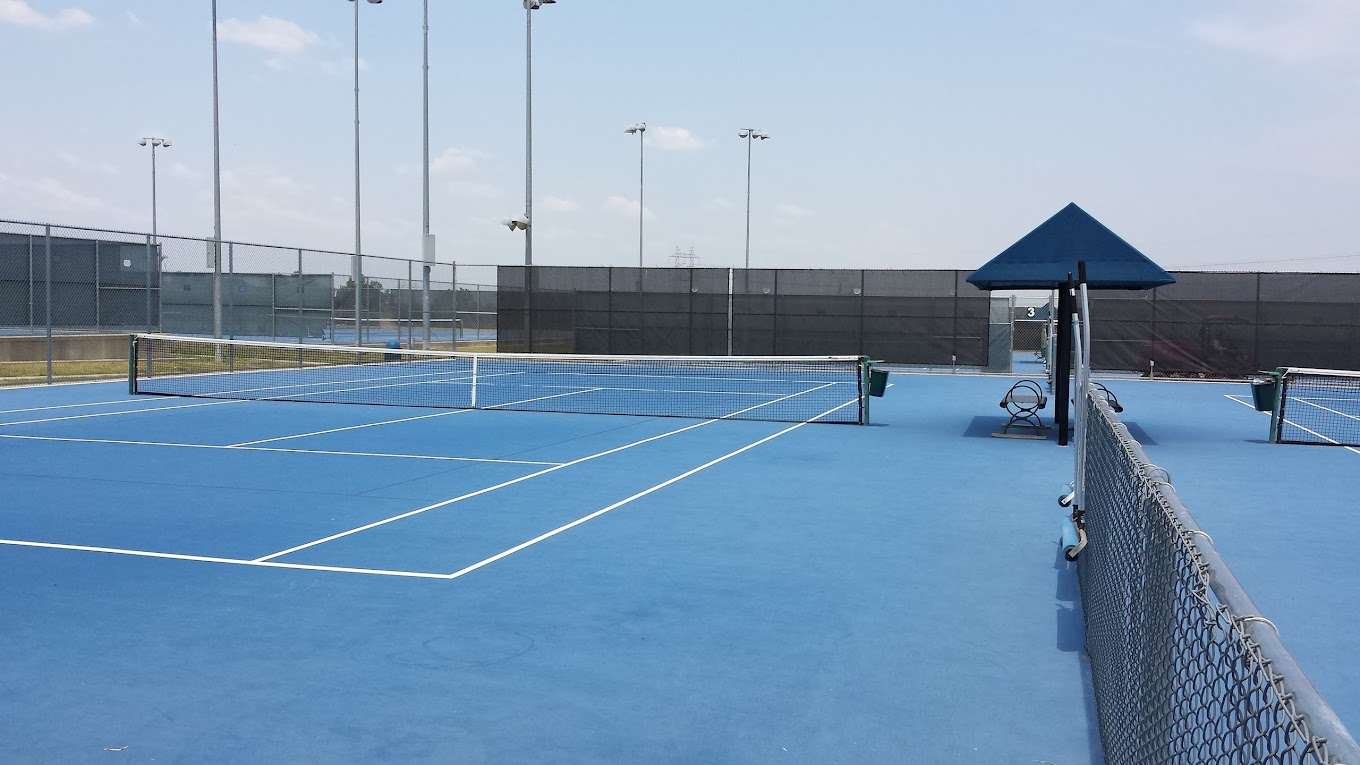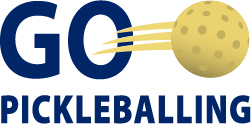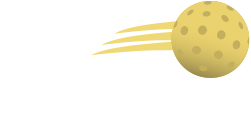Welcome to our comprehensive guide on the pickleball serve rule and how to serve in pickleball. The serve is a fundamental aspect of the game and sets the tone for each point. Whether you’re a beginner or an experienced player, understanding the pickleball serve rule and mastering different serving techniques is essential for success on the court. In this article, we will break down the serve process, explore serving strategies, and provide valuable tips to improve your serving skills. If you’re looking for high-quality pickleball gear, visit our store at Learn More about Pickleball Gear.
Table of Contents:
- The Pickleball Serve Rule
- Basic Serve Technique
- The Power Serve
- The Placement Serve
- Serving Strategies
- Serving Drills and Practice Tips
The Pickleball Serve Rule
Understanding the pickleball serve rule is crucial to ensure fair play and starting each point correctly.
Service Box and Positioning:
The server must stand behind the baseline and within the confines of the right service box when serving. The server should avoid touching or stepping on the baseline or the kitchen (non-volley zone) during the serve.
Underhand Serve Requirement:
Unlike other racquet sports, pickleball requires an underhand serve. The server must strike the ball below waist level and with an upward swing motion. Overhand serves are not allowed in pickleball.
Basic Serve Technique
Mastering the basic serve technique forms the foundation for consistent and effective serving in pickleball.
Grip and Ready Position:
Hold the paddle with a comfortable grip, ensuring control and maneuverability. Maintain a ready position with knees slightly bent, weight balanced, and paddle positioned to strike the ball.
Body Position and Footwork:
Position your body sideways to the net with your non-dominant shoulder facing the net. Use a small side step or a slight shuffle to approach the ball, aligning yourself with the intended target.
Contact Point and Ball Placement:
Contact the ball in front of your body, slightly off to the side. Aim to strike the ball with the paddle face in a controlled manner, directing it towards your desired target.
The Power Serve
To add more power to your serve, incorporate the following techniques:
Utilizing the Wrist Snap: Generate power by utilizing a quick wrist snap at the point of contact. The snap adds speed and spin to the ball, making it more challenging for your opponent to return.
Engaging the Lower Body: Transfer energy from your legs and core to your serve. Initiate the upward swing with a slight leg drive and hip rotation, creating a fluid and powerful motion.
Incorporating Spin: Experiment with adding spin to your serve. Topspin serves can help the ball bounce higher, making it more difficult to return. Backspin serves can create a low, skidding bounce, forcing your opponent into a defensive position.

The Placement Serve
Strategic placement of your serve can give you a competitive edge. Consider the following tips:
Targeting the Opponent’s Weaknesses: Identify your opponent’s weaknesses and serve to exploit them. Aim for their backhand, force them to move quickly, or vary your serve placement to keep them guessing.
Angles and Court Geometry: Understand the geometry of the court and aim for the corners. Serving wide can create acute angles, stretching your opponent and opening up the court for your next shot.
Variations in Serve Placement: Mix up your serve placement to keep your opponent off balance. Alternate between serving deep, short, or mid-court to disrupt their rhythm and make it harder for them to anticipate your serve.
Pickleball Serving Strategies
Developing effective serving strategies can give you an advantage during matches. Consider the following:
First Serve vs. Second Serve:
Take a more aggressive approach with your first serve, aiming for power and placement. If your first serve misses, focus on consistency and getting the second serve in play.
Importance of Consistency:
Consistency is key in pickleball serving. Focus on getting your serves in play and placing them accurately, rather than always going for maximum power. Consistency puts pressure on your opponent and sets you up for success for the point.
Deception and Mixing Up Serves:
Vary your serve speed, spin, and placement to keep your opponent guessing. By incorporating deception, you can force errors and gain an advantage in rallies.
Serving Drills and Practice Tips
To improve your serving skills, incorporate the following drills and practice tips:
Solo Practice: Practice your serve technique by serving against a wall. Focus on hitting specific targets and maintaining consistency.
Partner Practice: Engage in serving drills with a partner. Take turns serving and returning serves to simulate game situations. Provide feedback to each other to enhance your serving technique.
Game Situations: Incorporate serving practice into game-like situations. Serve during practice matches or competitive play to develop your serving strategy and adaptability.
Mastering the pickleball serve is essential for success on the court. By understanding the pickleball serve rule, honing your technique, and implementing strategic serving strategies, you can gain an advantage over your opponents. Don’t forget to explore a wide range of top-quality Pickleball Gear to enhance your pickleball experience. Serve with confidence, and elevate your game to new heights!



